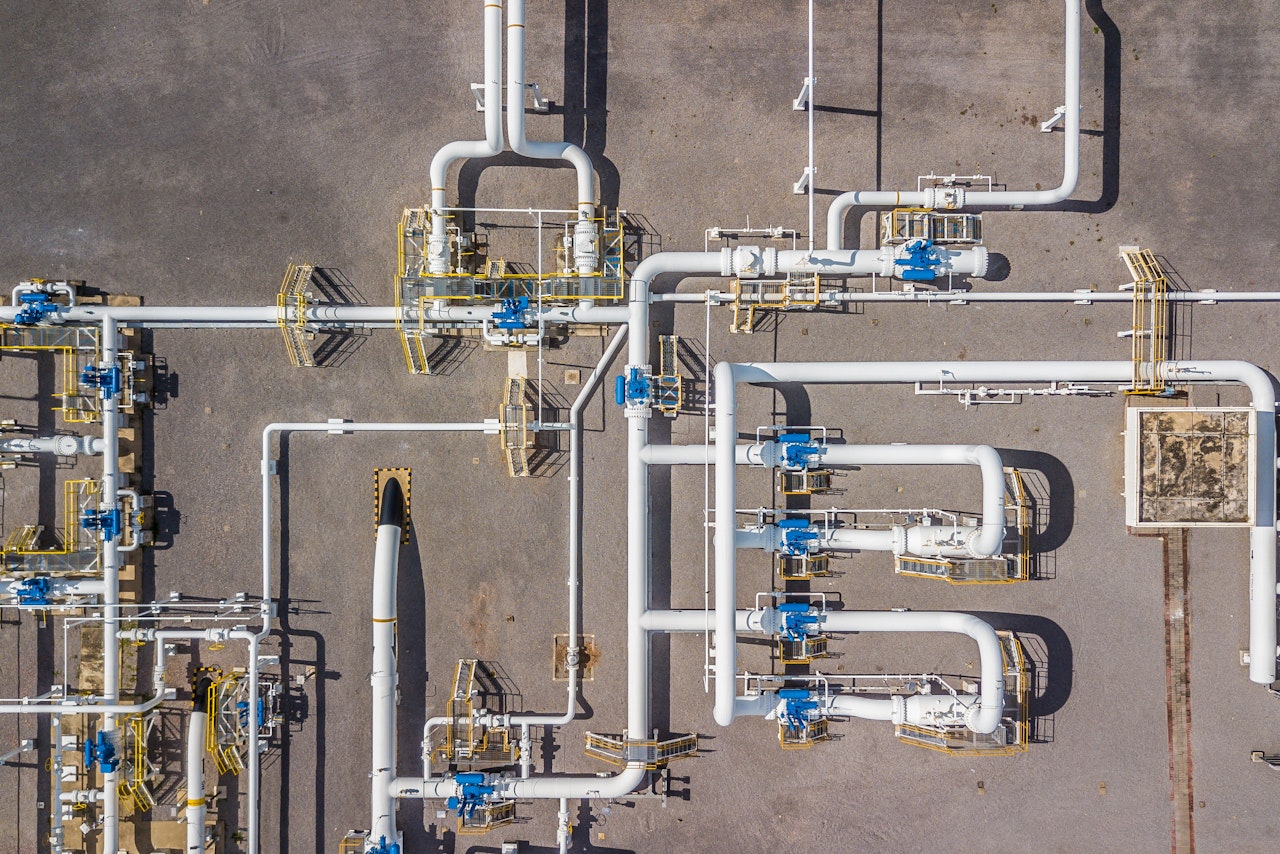2019年天然气报告
Analysis and forecasts to 2024

关于本报告
After another record year, global demand for natural gas is set to keep growing over the next five years, driven by strong consumption in fast-growing Asian economies and supported by the continued development of the international gas trade.
Gas 2019 explores changes underway for gas supply and demand, and other trends that are set to determine the evolution of the market over the next five years.
Key findings
Growing demand for natural gas
Average annual change in global energy demand, 2010-2018
打开Gas demand in the coming five years is set to be driven by Asia Pacific, forecast to account for almost 60% of the total consumption increase to 2024. China will be the main driver for gas demand growth, though slower than in the recent past as economic growth slows, but still accounting for about 40% of total gas demand increase to 2024.
In the case of China, coal to gas switching and residential uses play a major role in growing demand, whereas power generation is to be the main driver in the Middle East. However it is the industrial sector that is expected to account for almost half of the increase in natural gas consumption globally, covering both energy for processes and feedstock for chemicals.
World natural gas consumption growth for selected countries and regions, 2018-2024
打开The United States leads production growth
The United States and China are the two largest individual contributors to supply growth to 2024, accounting together for over 50% of total production increase. However, production increases mainly to meet domestic market needs in many regions, and in some cases such as China or South Asia, cannot keep pace with the strong demand growth rate.
The development of exports is therefore further concentrated, with the United States, Australia and Russia accounting together for the vast majority of gas exports growth to 2024.
Contributors to natural gas production and export growth, 2018-2024
打开Changes in LNG markets
Looking at LNG specifically, the market is set to undergo profound changes over the next five years. China and India emerge as major LNG buyers along with increasing imports to Europe. On the supply side, the emergence of a trio of leading exporters results in Australia overpassing Qatar in 2022, and being overpassed by the United States by 2024.
European supply security
While European gas consumption is set to remain almost flat in the coming years, domestic production is set to fall at an average rate of 3.5% per year, primarily driven by the Groningen phase-out in the Netherlands and declining production in the North Sea.
This structural decline in domestic production, combined with the expiry of several long term pipeline contracts, opens opportunities for new sources of supply, including LNG.
Domestic production and contracted pipeline vs import needs, Europe, 2014-2024
打开A global price convergence?
Prices of gas markets in major regions are converging. Differences in regional prices have sharply decreased since the final quarter of 2018 (especially between Asia and Europe) thanks to well-supplied markets. But the Asian spot market still faces a higher degree of price volatility because of stronger seasonal patterns.
The expansion of the LNG trade is likely to encourage greater price convergence, while the debottlenecking of pipeline capacity in the Permian Basin is likely to keep low US gas prices in the future? However, in the absence of further investment in LNG capacity, the prospect of a tighter market would also imply a return to higher regional price differentials.